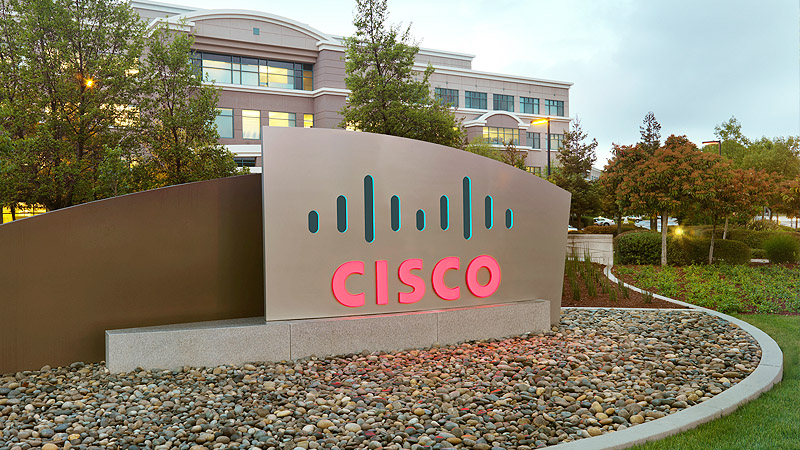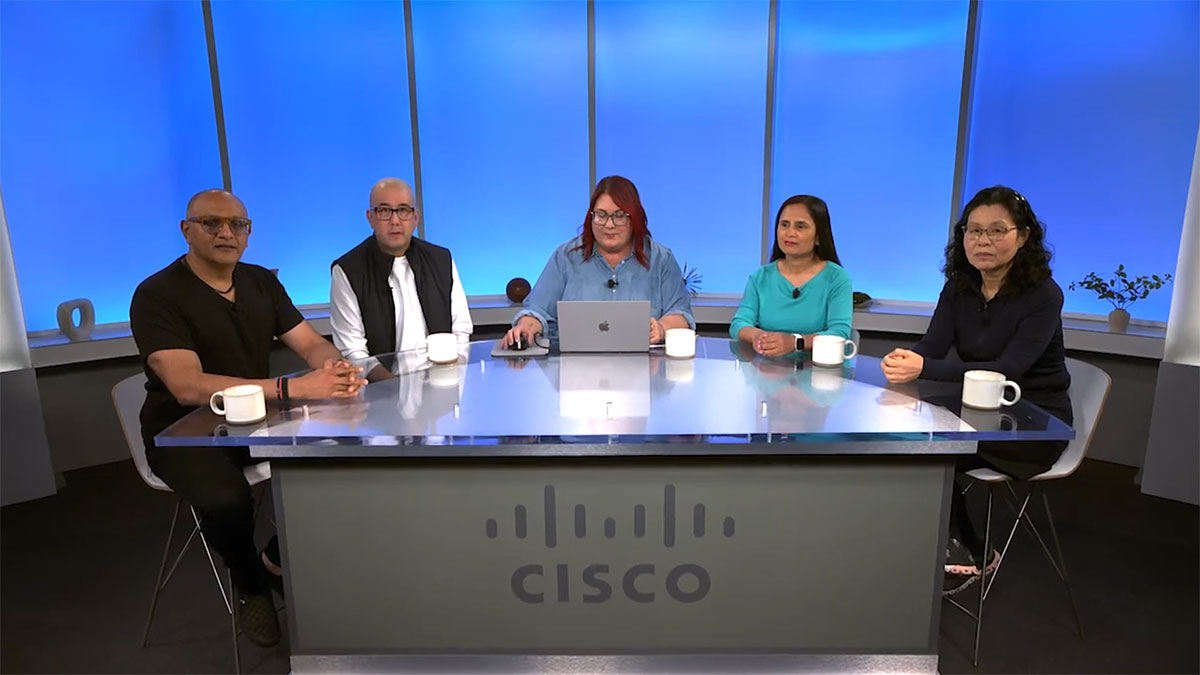AMSTERDAM - November 15, 2005 -Schiphol Telematics today showcased, for the first time in Europe, Cisco's new IP Interoperability and Collaboration System (Cisco IPICS) technology - a communication system designed to easily integrate multiple push-to-talk radio systems together with other communication resources like voice, video and data devices.
These next generation capabilities are designed to allow organizations to collaborate more easily on daily operations, safety, security, and emergency management scenarios across different networks, both wired and wireless.
Schiphol Telematics is a licensed telecom operator to Schiphol Airport Authority and is one of the first organizations in Europe to undertake an Early Field Trial of Cisco IPICS.
"As the service provider to companies based at Amsterdam Airport Schiphol, it is important to provide more than connectivity alone. With solutions like Cisco IPICS technology we can provide an intelligent network for integrated communications and collaboration", said Ras Lalmy, CEO Schiphol Telematics. "Our goal with the Cisco IPICS technology Early Field Trial is to show our customers how Cisco IPICS can improve their operations and develop services based on their requirements."
Cisco Systems has demonstrated the advanced capabilities in Cisco Internet Protocol (based) Interoperability and Collaboration Systems (IPICS) technology and has announced that this will be a new emerging technology area of focus for the company.
Essentially, Cisco has developed a new systems-based approach that can improve operational efficiency, streamline organizational decision-making and emergency safety and security management. Potential organizations that could benefit from these capabilities include large enterprises as well as transportation, retail, finance, public safety, and defense groups.
"Organizations like fire, police departments, army and airports currently communicate using common procedures and rules over separate environments. They are striving to move to true behaviourial interoperability with a common approach and understanding," stated Johan Orsingher, Senior Consultant, Frost & Sullivan. Solutions exist, but require drastic changes in legacy products and operational procedures. A solution which would allow a step by step implementation using existing systems and procedures would reduce human resistance to change and risk."
"Effective communications and collaboration are critical both for enterprise operations and emergency management. Enterprises will benefit from virtualising different resources and making intelligent decisions based on parameters such as time, user roles and responsibilities," said Yvon Le Roux, Vice President, Public Sector, Cisco Systems Europe and Emerging Markets. "Take an airport or a hospital or a bank - the need for all of these to be able to manage the flow of all types of information, collaborate across multiple networks and organizations, and improve overall operational effectiveness and efficiency is paramount."
Making the Connections that Count
Many organizations and agencies rely heavily on push-to-talk communication systems from their Land Mobile Radio (LMR) networks for their daily operations. Often, these radio networks remain isolated and do not work together with other wireless, voice, and data networks.With Cisco IPICS technology, both proprietary and standards-based push-to-talk radios should be able to interoperate not only with each other but also with analog phones and other IP-based wired and wireless devices including cellular phones, Wi-Fi laptops, PDAs and IP phones.
Controlling Costs while Increasing Reach
Many organizations have invested money, time and resources into push-to-talk radios. Cisco IPICS technology extends the potential reach of these radios to new communication systems without requiring a replacement of any of the existing radios or communications equipment or changing the way they use their existing radios. Building upon its history of connecting disparate networks, this integration of disparate radio networks with Cisco IPICS technology is the latest demonstration of the evolution of IP.
The key components of Cisco IP Interoperability and Collaboration Systems technology include:
- Cisco IPICS Server Hardware
- Cisco IPICS Server Software
- Cisco IPICS Push-to-Talk Management Center (PMC) Application and Cisco IPICS Voice over IP XML Services
Evolving the Intelligent Information Network
In 2003, Cisco began articulating a 3 to 5-year vision for developing an Intelligent Information Network. Phase I is comprised of the integration of video, voice, and data across a system of networks, while Phase II adds the virtualization of networking, storage, server, and security services. The Cisco IPICS technology clearly shows progress in the third phase with intelligent application-based networking systems taking on new roles and driving new forms and modes of communication.
Availability
The key components of Cisco IPICS technology are available on a limited basis now in the United States and Europe and are expected to be available globally over the next 6-12 months with complete support from Cisco Advanced Services. For more information on the specifics about Cisco IP Interoperability and Collaboration System technology, visit www.cisco.com/go/IPICS.
About Schiphol Telematics
Schiphol Telematics, ST for short, is the independent telecom operator that operates on the cross-road of airport and information and communications technology. ST is a joint venture of Schiphol Group and Royal KPN.
About Frost & Sullivan
Frost & Sullivan, a global growth consulting company, has been partnering with clients to support the development of innovative strategies for more than 40 years. The company's industry expertise integrates growth consulting, growth partnership services and corporate management training to identify and develop opportunities. Frost & Sullivan serves an extensive clientele that includes Global 1000 companies, emerging companies and the investment community by providing comprehensive industry coverage that reflects a unique global perspective and combines ongoing analysis of markets, technologies, econometrics and demographics. For more information, visit http://www.frost.com




